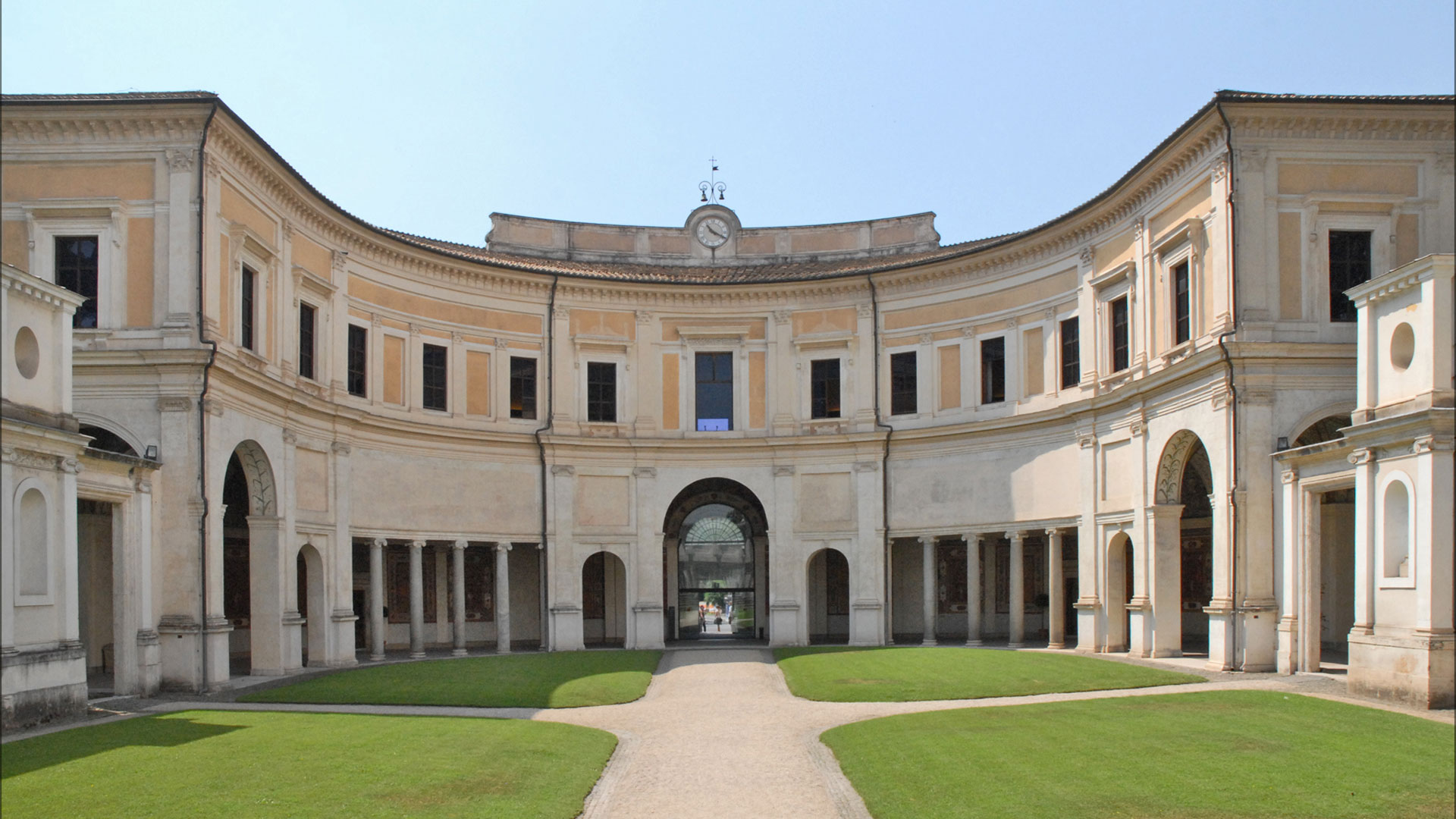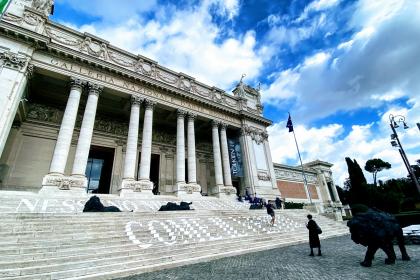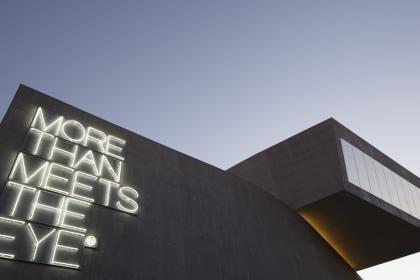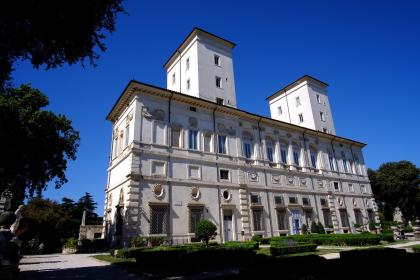
It is housed in two splendid Renaissance villas: Villa Giulia and Villa Poniatowski.
Built by Pope Julius III, Giovanni Maria Ciocchi del Monte, between 1550 and 1555, Villa Giulia is divided into two courtyards separated by a nymphaeum, with the participation of great artists such as Giorgio Vasari, Jacopo Barozzi da Vignola, Bartolomeo Ammannati and Michelangelo Buonarroti. Part of the decorative apparatus is the work of Taddeo Zuccari and Prospero Fontana.
The hemicycle is decorated with delicate pictorial interventions inspired by the grotesques of the Domus Aurea. The rooms host an extraordinary cycle of frescoes depicting the Seven Hills of Rome.
Destined as a museum since 1889, it is today one of the most representative museums of Etruscan art. It houses finds coming in particular from southern Etruria, that is from the territory corresponding to Upper Lazio, between the Tiber and the Tyrrhenian Sea, an extremely rich place of evidence from various eras and various civilizations (Etruscan, Greek, Phoenician, Faliscan), being a natural meeting point, a traffic crossroads along the main communication routes of the central Mediterranean.
The finds are exposed according to a topographical criterion starting from the contexts of Vulci, Bisenzio, Veio and Cerveteri. Among the most famous works are the bronzes from Vulci, the terracotta decoration from the Sanctuary of Portonaccio in Veio, including the famous Apollo (6th century BC), the Sarcophagus of the Spouses from Cerveteri. Furthermore, the Pyrgi Tablets (Santa Severa), with inscriptions in Etruscan and Phoenician (dating back to the end of the 6th century BC) and the relief of the fictile pediment, always from Pyrgi, with the myth of the "Sette contro Tebe", (first half of the 5th century BC).
Private collections are instead organized according to a typological criterion. Of notable importance among the latter are the Barberini collection, the Pesciotti collection and the Castellani collection, which includes some extremely significant jewels for the study of Etruscan jewellery.
Of great interest is the Faliscan-Capenate section, which houses materials from the middle Tiber valley centres such as Corchiano, Vignanello, Nepi, Narce and in particular Falerii Veteres (Civita Castellana) with terracotta sculptures, including the extraordinary Apollo of the Scasato, from the decorations of the sanctuaries in the area.
The Museum offers numerous itineraries that make it possible to admire the underground areas of the Villa, such as the nymphaeum, the remains of the Virgin aqueduct (Augustan age) and the "neviera" of Pope Julius III.
Furthermore, between 1889 and 1890, the life-size reproduction of the Temple of Alatri was carried out in the gardens of Villa Giulia. It is an Etruscan-Italic temple dating from the 3rd to the 2nd century BC.
Villa Poniatowski is the second venue of ETRU. Inaugurated in 2012, it is embellished with pools and fountains and a large garden formed by terraced terraces decorated with ancient sculptures. Giuseppe Valadier transformed it into a villa at the beginning of the nineteenth century on behalf of Stanislao Poniatowski, the last descendant of the Kings of Poland.
The Galleria Nazionale d'Arte Moderna e Contemporanea

 Condividi
Condividi
MAXXI - Museo Nazionale delle Arti del XXI secolo

 Condividi
Condividi
The Borghese Gallery

 Condividi
Condividi
Information
From Tuesday to Sunday from 9.00 to 20.00 (last admission 19.00)Closed on MondaysClosed on 25 December and 1 January
For updates and guidelines, visit the official website.
 Condividi
Condividi
Location
To find out about all accessibility services, visit the Rome accessible section.











































